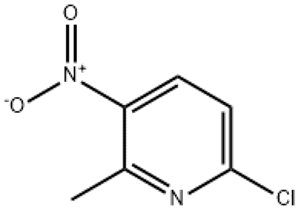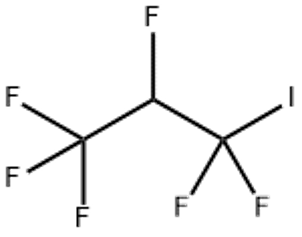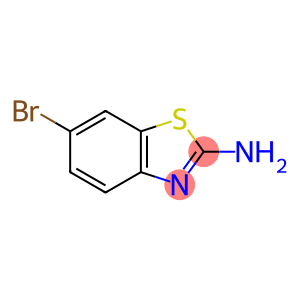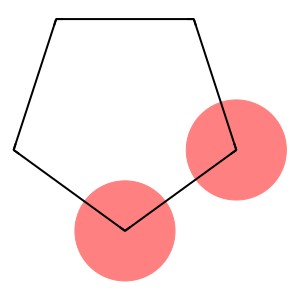6-Chloro-2-methyl-3-nitropyridine(CAS# 22280-60-0)
| Risk Codes | R36/37/38 – Irritating to eyes, respiratory system and skin. R20/21/22 – Harmful by inhalation, in contact with skin and if swallowed. R22 – Harmful if swallowed |
| Safety Description | S36/37/39 – Wear suitable protective clothing, gloves and eye/face protection. S26 – In case of contact with eyes, rinse immediately with plenty of water and seek medical advice. |
| HS Code | 29333990 |
| Hazard Note | Harmful |
| Hazard Class | IRRITANT |
Introduction
2-Chloro-6-methyl-5-nitropyridine is a common organic compound,
Quality:
- Appearance: 2-chloro-6-methyl-5-nitropyridine is a colorless or yellowish crystalline solid.
- Solubility: It is easily soluble in organic solvents such as ethanol, dimethylformamide and chloroform.
Use:
- Dyes: This compound can be used to synthesize some industrial dyes, such as the structure has the property of absorbing UV light, and is widely used in the pigment and dye industry.
Method:
2-Chloro-6-methyl-5-nitropyridine can be obtained by chlorination and nitrification of pyridine. The specific preparation method can be to use nitric acid and sulfuric acid to react to obtain nitrite acid, react nitrite and copper nitrate to form copper nitrate, and then use electrophilic methylation reagents (such as methyl halogen) to react with copper nitrate to obtain the target product.
Safety Information:
2-Chloro-6-methyl-5-nitropyridine is a toxic compound that is irritating and dangerous. When using and handling, appropriate precautions such as wearing protective eyewear, gloves and protective clothing are required. Avoid inhaling its vapors or dust, and avoid contact with skin and eyes. When using this compound, care should be taken to its stability and to avoid contact with other incompatible chemicals. When storing, it should be stored in an airtight container, away from ignition and oxidants.





![4-methyl-1-oxaspiro[5.5]undecene(CAS#68228-06-8)](https://www.xinchem.com/uploads/4-methyl-1-oxaspiro5.5undecene.jpg)


